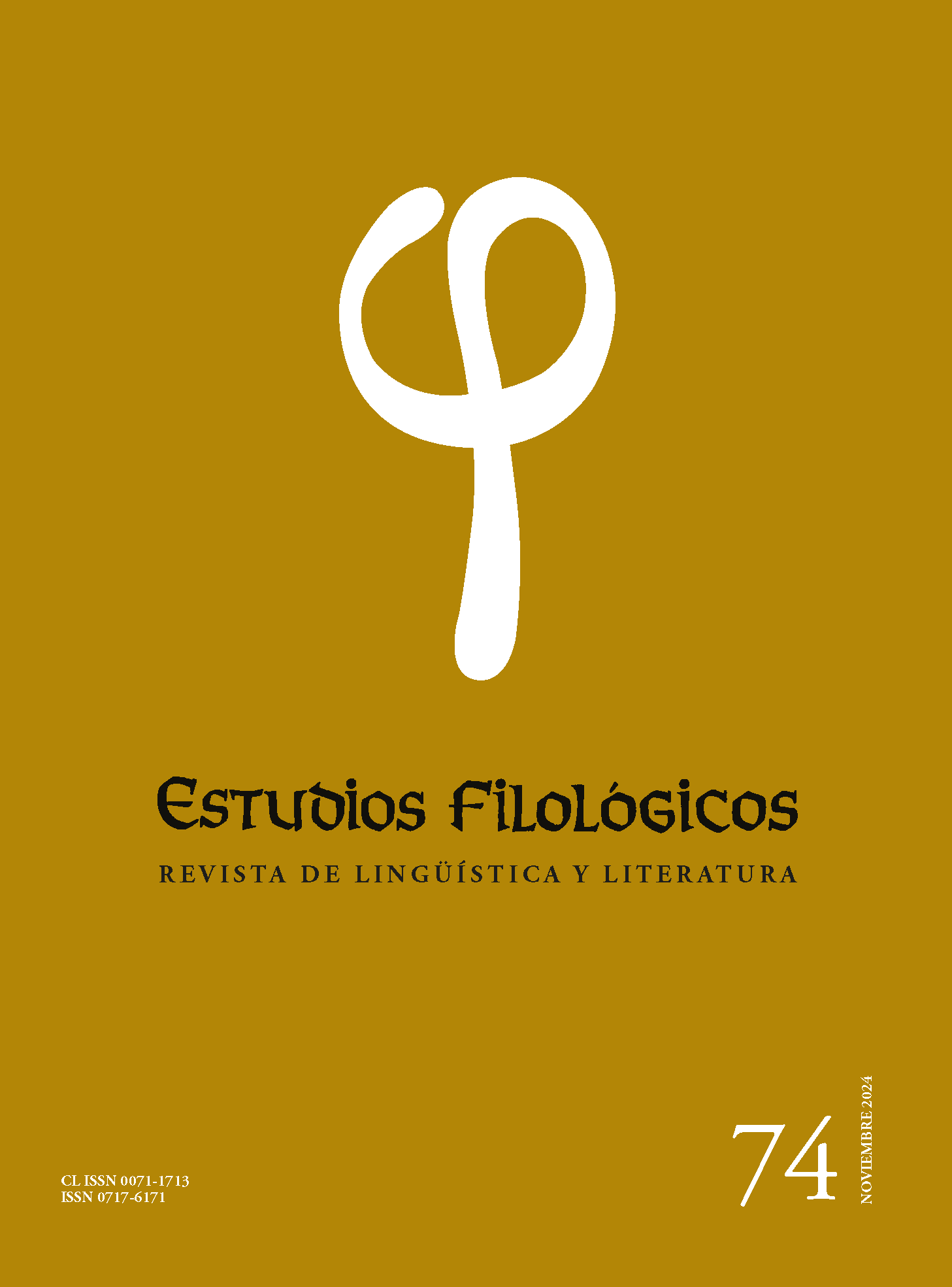Afectos y estéticas del ‘cuerpo-territorio’
Contenido principal del artículo
Resumen
Las obras de las artistas chilenas Rocío López Montaner, Denisse Viera y Fernanda López Quilodrán exploran performáticamente la relación cuerpo/territorio, enfocándose en las ‘zonas de sacrificio’, áreas con una concentración masiva de industrias contaminantes. Estas obras proponen modos alternativos de pensar los cuerpos y, por tanto, la dimensión afectiva. Expandiendo los límites de lo que puede un cuerpo, problematizan su génesis antropocéntrica al visibilizar sus entrecruzamientos con lo más que humano. El artículo pone en diálogo estos abordajes con el concepto de ‘cuerpo-territorio’, que emerge de los feminismos comunitarios indígenas y que, según Verónica Gago, “‘desliberaliza’ la noción de cuerpo como propiedad individual y especifica una continuidad política, productiva y epistémica del cuerpo en tanto territorio” (2019). La continuidad entre cuerpo y territorio, de hecho, resulta clave en estas producciones estéticas: los cuerpos, más que proyectarse a partir de la lógica liberal de la propiedad individual, se vuelven colectivos. Y son capaces, en esa proliferación, de englobar lo más que humano. Se trata de corporalidades permeables a la contaminación que encarnan, desde esa apertura, historias y memorias humanas y no humanas de toxicidad, abandono y sufrimiento. Cuerpos y materialidades sufrientes, violentadas y vulnerables que resuenan con afectividades ligadas al sacrificio, la entrega, el duelo, el cuidado y la reparación, y también al deseo y la sensualidad – afectividades que se repiensan y reconfiguran en tanto median nuestra relación con lo más que humano.

